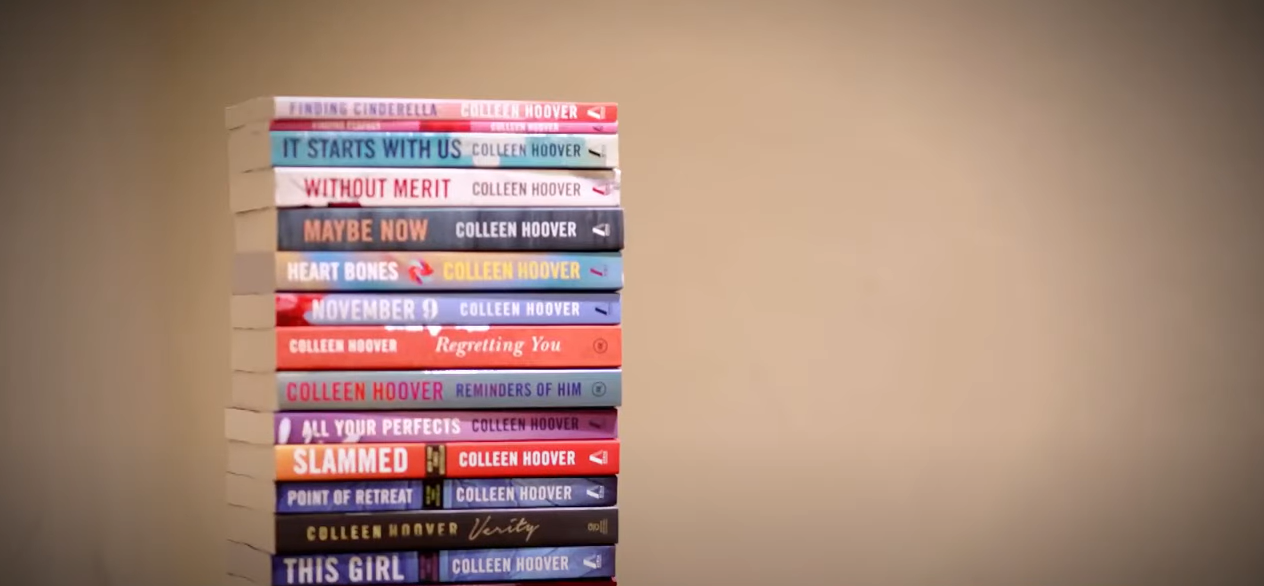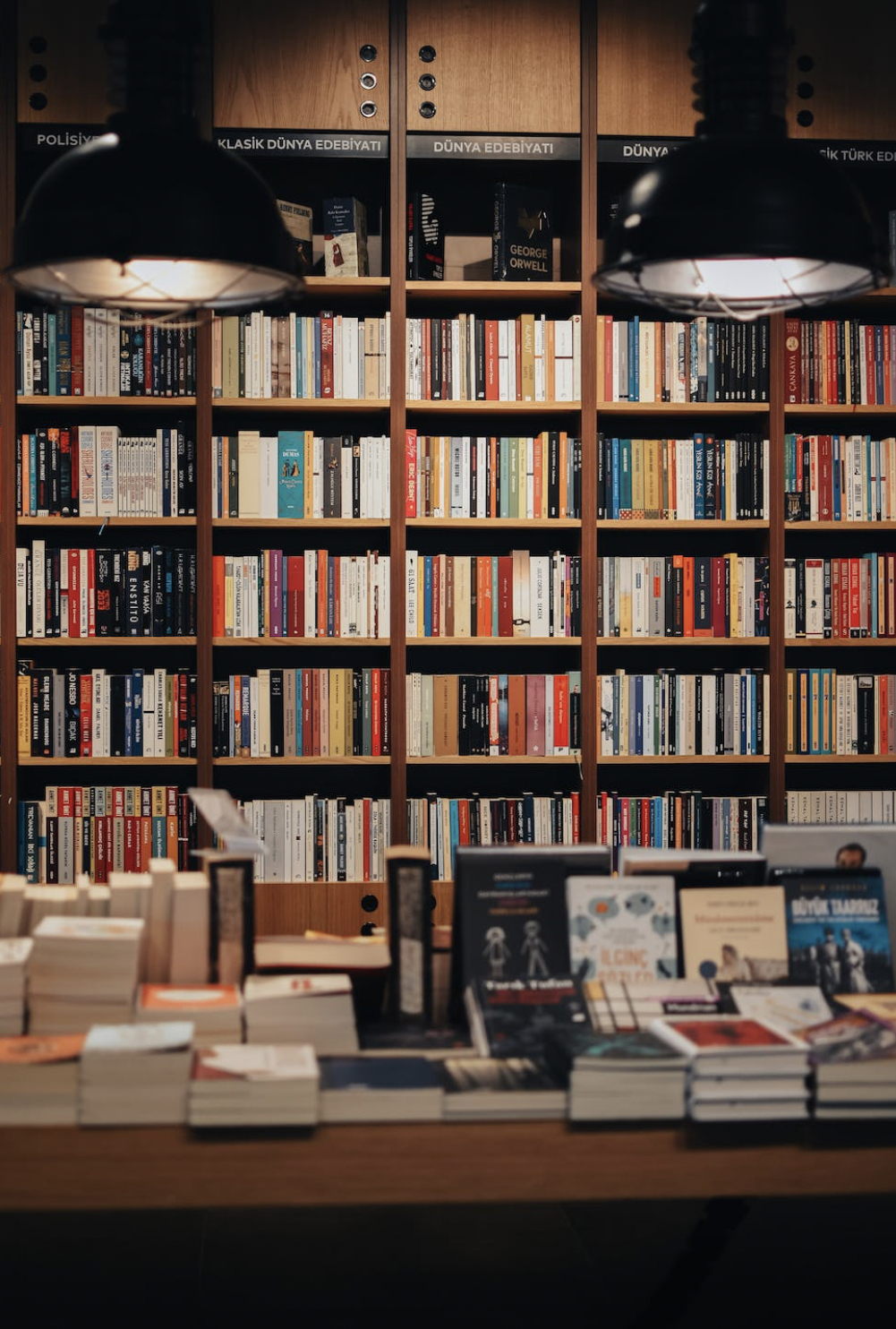Anti-heroes, those intriguing and morally complex characters who defy the conventional norms of heroism, have captivated readers throughout the ages. Their flawed nature, ambiguous motives, and unconventional actions make them a compelling force in world literature. From classic novels to contemporary tales, we delve into the fascinating depths of these complex characters, shedding light on their unique appeal and enduring popularity.
Unmasking the Essence of Anti-Heroes
Anti-heroes stand as a stark departure from the archetypal heroes found in literature. While traditional heroes embody noble virtues, anti-heroes exhibit a range of contradictory qualities. They possess flaws, weaknesses, and often engage in morally questionable behavior, blurring the line between right and wrong. However, despite their unconventional nature, anti-heroes manage to capture our attention and evoke a sense of empathy.
The Anti-Hero’s’ Journey
The journeys of anti-heroes are often marked by internal conflicts, personal struggles, and self-discovery. Their stories invite readers to explore the complexities of the human psyche, questioning societal norms and the traditional hero narrative. Anti-heroes often wrestle with their own identity, battling with their inner demons as they navigate the treacherous terrain of their respective worlds.
Comparative Characteristic of Two Iconic Anti-Heroes
Macbeth (William Shakespeare’s Macbeth)
Macbeth, one of Shakespeare’s most renowned characters, epitomizes the tragic anti-hero. Driven by ambition, he succumbs to his own greed and the manipulation of those around him. Macbeth’s descent into madness and moral degradation showcases the darker aspects of the human psyche. Despite his ruthless actions, readers are drawn to the complexities of his character and the timeless themes of power and corruption.
Raskolnikov (Fyodor Dostoevsky’s Crime and Punishment):
Raskolnikov serves as a compelling anti-hero in Dostoevsky’s masterpiece. Plagued by guilt and haunted by his own theories of the extraordinary man, Raskolnikov commits a heinous crime and grapples with the consequences. Through his introspection and moral struggles, the readers witness the psychological turmoil of a tormented soul. Raskolnikov’s character forces us to question the boundaries of morality and the complexities of human nature.

Top 5 Books Featuring Anti-Hero Protagonists
- “Lolita” by Vladimir Nabokov: Humbert Humbert, a morally abhorrent protagonist, narrates a tale of obsession and manipulation. In Nabokov’s controversial masterpiece, we meet Humbert Humbert, an intellectual and suave character whose actions are anything but admirable. As the narrator of the story, Humbert lures readers into his disturbing world through his eloquent and beguiling prose;
Humbert becomes infatuated with Lolita, a young girl, and embarks on a twisted and morally reprehensible relationship with her. Despite the abhorrent nature of his actions, Nabokov’s brilliant storytelling and Humbert’s complex psychology challenge readers to confront their own capacity for empathy and understanding. “Lolita” is a deeply unsettling exploration of desire, manipulation, and the depths of human depravity; - “American Psycho” by Bret Easton Ellis: Patrick Bateman, a wealthy investment banker, hides a sinister double life filled with violence and depravity. Prepare to enter the disturbing mind of Patrick Bateman, a character whose superficial charm masks a chilling secret. Bateman is a wealthy investment banker by day, but beneath his polished exterior lies a sadistic and violent alter ego;
Ellis’s novel delves into the excesses of 1980s Wall Street culture, exposing the dark underbelly of greed, narcissism, and moral decay. Bateman’s descent into madness and his obsession with materialism and violence create an unsettling narrative that forces readers to question the nature of humanity and the veneer of civility. “American Psycho” is a visceral and unsettling exploration of the darkest corners of the human psyche; - “The Catcher in the Rye” by J.D. Salinger: Holden Caulfield, a disenchanted teenager, rebels against societal norms and grapples with his own alienation.
Holden Caulfield, the iconic protagonist of Salinger’s classic novel, is a teenage anti-hero who embodies the rebellious spirit and disillusionment of youth. Holden, a disillusioned and alienated teenager, navigates through a world he sees as phony and hypocritical. As readers follow his meandering thoughts and encounters, we witness his struggle with adolescence, identity, and the loss of innocence.
Holden’s raw and unfiltered narrative voice captures the frustrations and complexities of growing up, resonating with generations of readers who have grappled with their own feelings of isolation and disillusionment. “The Catcher in the Rye” remains a timeless exploration of adolescent angst and rebellion.
- “A Clockwork Orange” by Anthony Burgess: In Burgess’s dystopian masterpiece, we meet Alex, a charismatic and intelligent young man with a penchant for violence and chaos. Set in a near-future society, Alex leads a gang of brutal delinquents, wreaking havoc on the unsuspecting public;
However, when he is caught and subjected to an experimental rehabilitation technique, the narrative takes a thought-provoking turn. “A Clockwork Orange” challenges readers to confront the limits of free will, morality, and the consequences of seeking to control human behavior. Alex’s journey forces us to question our own notions of punishment, redemption, and the nature of evil; - “Gone Girl” by Gillian Flynn: Amy Dunne, a complex and manipulative character, challenges traditional notions of victimhood and villainy. In Flynn’s gripping psychological thriller, we encounter Amy Dunne, a character who defies easy categorization. Amy, who disappears under suspicious circumstances, presents herself as the victim in an elaborate game of manipulation and deception.
As the narrative unfolds, readers are drawn into a web of twists and turns, where nothing is as it seems. Amy’s calculated actions and cunning intelligence challenge traditional notions of heroism and villainy, blurring the lines between right and wrong. “Gone Girl” is a masterful exploration of toxic relationships, gender dynamics, and the dark secrets that lie within seemingly perfect marriages.
Through the lenses of these unforgettable anti-heroes, literature has pushed boundaries and offered readers a glimpse into the complex depths of human nature. From Humbert Humbert’s disturbing obsession to Patrick Bateman’s violent facade, each character challenges societal norms and compels readers to question their own beliefs and values.
Whether exploring the darkness within or rebelling against societal constructs, these anti-heroes ignite a fascination that endures long after the final page. In their nuanced portrayals, they remind us that the line between hero and villain is often blurred, and it is in their flaws that we find a reflection of our own imperfect selves.
Conclusion
Anti-heroes have left an indelible mark on world literature, challenging readers to confront their own perceptions of heroism and morality. Through their intricate and flawed portrayals, anti-heroes offer a mirror to the complexities of human nature and the societal forces that shape us. Whether it be the ambitious Macbeth or the tormented Raskolnikov, these enigmatic characters force us to reevaluate our preconceived notions of heroes and villains. In their imperfections, we find a relatable and compelling narrative that continues to enthrall and captivate audiences, leaving an enduring legacy in the literary world.



